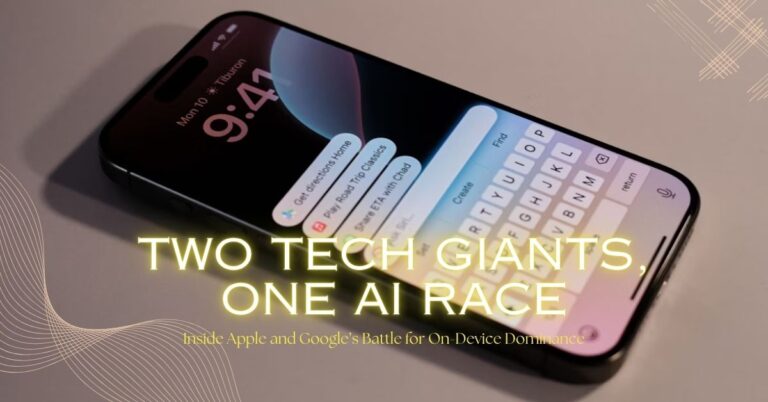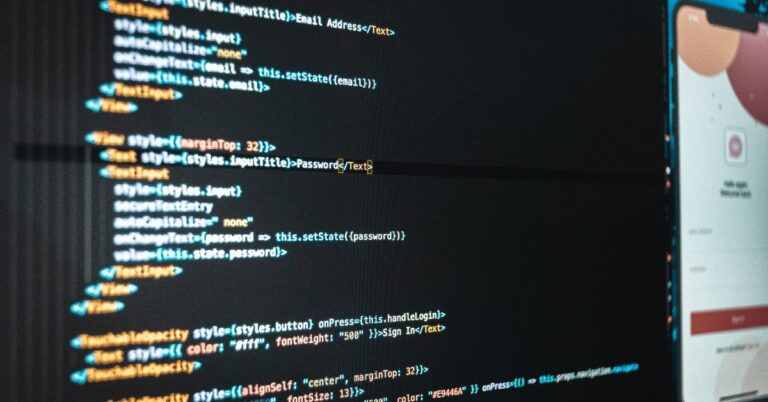In 2025, the mobile operating system battle continues with the release of iOS 17 from Apple and Android 14 from Google. Both platforms power the vast majority of smartphones worldwide, shaping user experience with unique features, design philosophies, security enhancements, and ecosystem integrations.
If you’re trying to decide which OS suits you best or just curious about the latest developments, this in-depth iOS 17 vs Android 14 comparison will break down all the key aspects — from user interface and customization to privacy, app ecosystem, and beyond.
User Interface & Design: Clean vs Customizable
iOS 17 continues Apple’s tradition of a clean, intuitive, and polished user interface. This version focuses on smoother animations, enhanced widgets, and a more personalized lock screen that lets users add interactive elements and customizable fonts. The control center has been refined for quicker access to key features, and notifications now group more smartly to reduce clutter.
On the other hand, Android 14 doubles down on customization. It offers even deeper theming options using Google’s Material You 3.0 design language. Users can fully customize system-wide colors, icon shapes, fonts, and layout grids. Android’s home screen widgets have grown smarter, allowing more interactive controls directly on the screen without opening the app. Android also offers multiple user profiles and better split-screen multitasking support.
Verdict: iOS 17 delivers a refined, minimalistic, and consistent UI that feels elegant and easy to use, while Android 14 shines with freedom to customize nearly every aspect of the interface.
Customization: Flexibility vs Simplicity
When it comes to customization, Android 14 has the clear edge. Users can:
- Apply dynamic themes that adapt based on wallpaper and preferences
- Use custom launchers to completely change the home screen experience
- Choose default apps for messaging, browsing, and more
- Add complex widgets with deep functionality
- Implement system-wide dark mode scheduling
iOS 17 improves customization with more lock screen widgets, Focus mode enhancements, and new font options, but Apple still maintains tight control to keep the experience uniform.
Performance and Efficiency: Optimized for Hardware
Apple’s tight hardware-software integration means iOS 17 runs exceptionally smoothly on iPhones. The OS uses intelligent background app management and optimizes animations for the new A18 Bionic chip, delivering lag-free performance even on older iPhone models.
Android 14 focuses on better power management with adaptive battery improvements and smarter resource allocation. It supports a wider range of hardware, so performance can vary depending on device specs and manufacturer optimizations. Flagship phones running Android 14, especially Google Pixel and Samsung Galaxy devices, offer performance close to iOS in real-world use.
Privacy and Security: Leading the Way
Both iOS 17 and Android 14 place heavy emphasis on user privacy.
- iOS 17 Privacy Features: Apple introduced App Privacy Reports that detail how apps access your data and sensors. The new OS also enhances Mail Privacy Protection and lets users hide their IP addresses in Safari. iOS 17 requires apps to get permission for local network access and continues its anti-tracking policies.
- Android 14 Privacy Features: Android 14 builds on its Privacy Dashboard, giving users a clear view of which apps access sensitive data like location, camera, and microphone. Google has strengthened runtime permissions and introduced improved encryption protocols for data at rest.
Both OSes enforce mandatory encryption and biometric authentication, but Apple’s closed ecosystem and stringent App Store policies provide an added layer of security.
App Ecosystem & Compatibility
- iOS 17 benefits from the App Store’s strict curation, ensuring high-quality apps and timely updates. Developers often prioritize iOS for new apps and features. iOS 17 also enhances app continuity across Apple devices—Mac, iPad, Apple Watch, and iPhone—creating a seamless ecosystem.
- Android 14 supports millions of apps via the Google Play Store and sideloading APKs for more freedom. It also improves compatibility with Chromebooks and supports the vast Android device variety. Android 14 adds new APIs for improved gaming, augmented reality (AR), and health apps.
Key New Features in iOS 17
- Interactive widgets on the lock screen that display real-time info like fitness stats and smart home controls
- Focus mode improvements with customizable filters per app and contacts
- StandBy mode that turns your iPhone into an information hub when charging and placed on its side
- Enhanced Messages with transcription and handwriting recognition
- New Health app features including mental wellness tracking
Key New Features in Android 14
- Enhanced Material You 3.0 theming with deeper system color adaptation
- Improved multitasking with app pairs and resizable split-screen
- Smarter battery and memory management based on AI predictions
- New accessibility features including improved text-to-speech and hearing aid support
- Better app sandboxing and privacy improvements
Updates & Support: How Long Will Your Device Last?
Apple’s devices typically get 5 to 6 years of iOS updates, which means even older iPhones get the latest features and security patches. This long-term support adds significant value.
Android updates depend on the manufacturer. Google Pixel phones receive up to 5 years of updates, including OS and security patches. Samsung and some other brands also offer extended support, but many Android devices get only 2–3 years of major updates.
Final Verdict: Which OS Should You Choose in 2025?
- Choose iOS 17 if you want a polished, secure, and cohesive ecosystem with timely updates, seamless integration across Apple devices, and a user-friendly interface that “just works.”
- Choose Android 14 if you crave customization freedom, a more open app environment, and a flexible interface that adapts to your needs, with excellent compatibility across diverse hardware.
Both operating systems have matured significantly and continue to borrow features from each other, so the choice often comes down to personal preference, device choice, and ecosystem loyalty.








